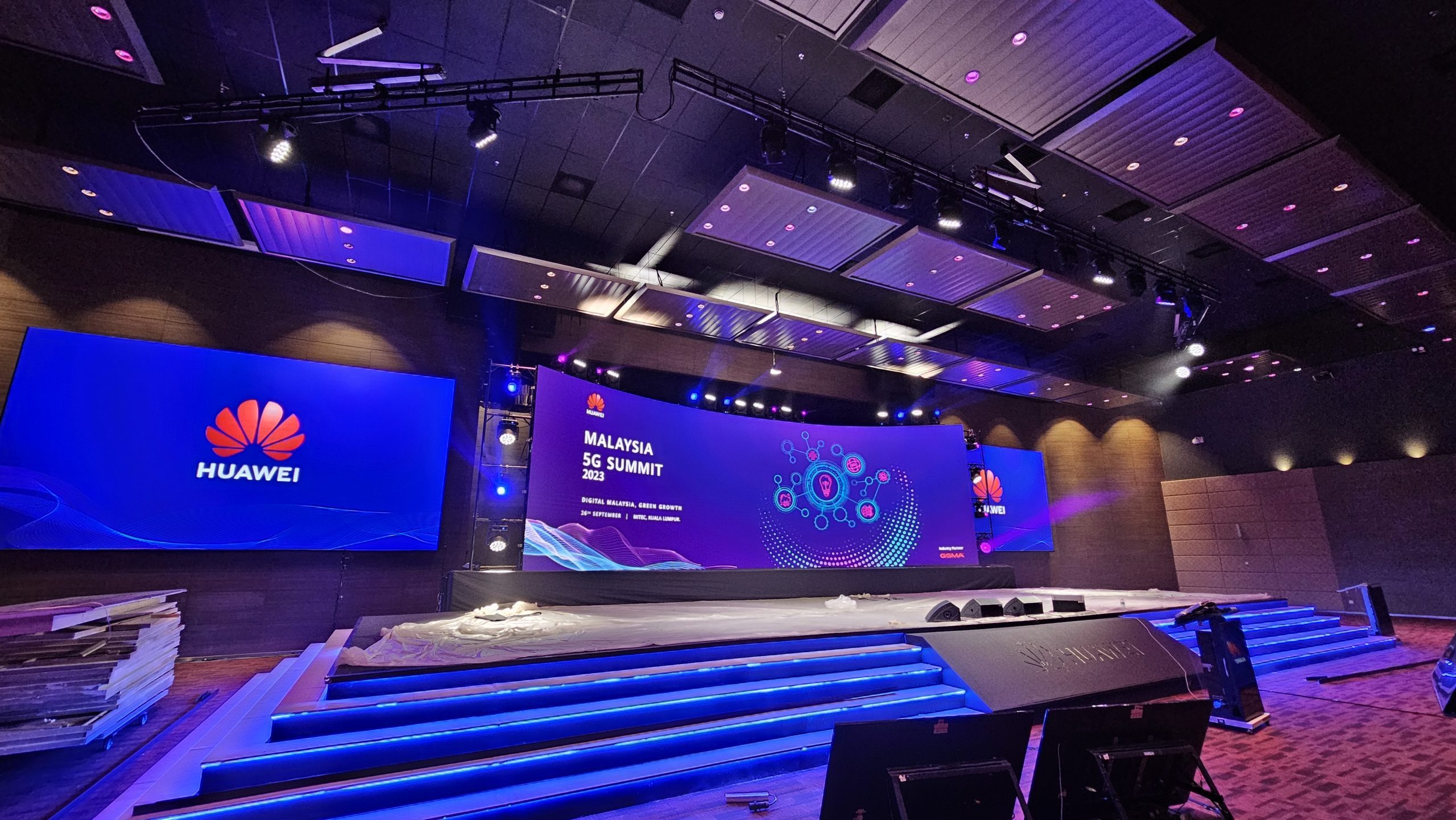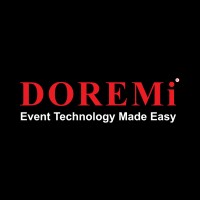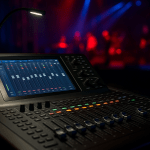Event management, involving the intricate planning, organization, and execution of diverse events, demands precision to meet objectives and leave a lasting positive impact. This comprehensive guide distills best practices and insights from industry experts, covering critical aspects such as:
Table of Contents
ToggleUnderstanding the Basics of Event Planning
Before diving into the details, grasp the essentials of event planning:
➠ Setting Clear Objectives and Goals
Define the event’s purpose, outline specific, measurable, achievable, relevant, and time-bound goals. For instance, a conference might aim to increase industry awareness, attract 500 diverse attendees, generate 50 leads, achieve a 90% satisfaction rate, and enhance brand image.
➠ Identifying the Target Audience and Niche
Conduct market research, surveys, and competitor analysis to understand your audience. For a conference, target professionals, entrepreneurs, researchers, and students interested in industry advancements, seeking innovation and networking opportunities.
Building a Solid Event Management Team
➠ Role Assignments and Responsibilities
Construct a capable team with roles like:
➥ Project Manager
➥ Venue Manager
➥ Program Manager
➥ Marketing Manager
➥ Registration Manager
➥ Evaluation Manager
Clearly define each member’s responsibilities, considering their skills, experience, and availability.
Effective Communication Strategies Within the Team
Establish seamless communication using tools like meetings (Zoom, Skype), emails (Gmail, Outlook), instant messaging (WhatsApp, Slack), and project management tools (Asana, Trello).

Budgeting and Financial Planning
➠ Creating a Detailed Event Budget
Craft a detailed budget outlining income sources (ticket sales, sponsorships, etc.) and expense categories (venue, program, marketing, etc.). Regularly review and adjust the budget as the event progresses.
➠ Allocating Resources Efficiently
Prioritize expenses, negotiate with vendors for cost-effective deals, seek alternative income sources, and track cash flow using tools like Excel or QuickBooks.
Choosing the Perfect Venue
Selecting an ideal venue significantly impacts your event. Consider factors such as capacity, location, facilities, and cost. Negotiate terms, secure the venue with a contract, and ensure it aligns with your event’s needs and goals.
Crafting a Compelling Event Concept
Devise an original and creative event concept aligned with your audience’s needs. Tailor your event to make it distinctive, engaging, and reflective of your purpose and goals.
Seamless Registration and Ticketing Process
➥ Choosing the Right Registration Platform
Select a user-friendly, secure platform aligned with your event’s needs. Consider features, costs, and reviews to make an informed decision.
➥ Implementing Effective Ticketing Strategies
Segment your audience for tailored ticket offerings, create scarcity and urgency to stimulate buying decisions, and continually test and optimize pricing models.
Harnessing the Power of Marketing and Promotion
Creating a Comprehensive Marketing Plan
The marketing plan is a crucial document outlining the strategy and mix for your event. It serves as a guide, directing your marketing and promotion efforts. Here’s how to create a comprehensive marketing plan:
➠ Define Marketing Objectives and Goals:
– Specific, measurable outcomes aligning with your event’s purpose.
– Examples: Increase awareness, generate leads, achieve specific attendance levels.
➠ Identify Target Market and Niche:
– Segments or groups based on demographics, psychographics, motivations, and preferences.
– Tools: Market research, competitor analysis, personas, customer journey maps.
➠ Develop Value Proposition and Positioning:
– Clear messages differentiating your event from others.
– Tools: Value proposition canvas, positioning statement, unique selling proposition.
➠ Choose Marketing Channels and Tactics:
– Mediums and methods to convey your value proposition.
– Examples: Website, social media, email, blog, podcast, video, press releases, partnerships.
➠ Allocate Marketing Budget and Resources:
– Distribution of funds for channels, tools, staff, vendors, and materials.
– Wise allocation based on objectives, channels, tactics, and expected return on investment.
➠ Implement and Monitor Marketing Plan:
– Execution and control of marketing efforts.
– Tools: Project management software, marketing calendar, dashboard, analytics.
➠ Evaluate and Measure Marketing Results:
– Analysis of outcomes based on objectives.
– Tools: Feedback forms, surveys, interviews, observations, web analytics, social media analytics, email analytics.
Leveraging Social Media and Other Promotional Channels
Social media and other promotional channels complement marketing efforts. Follow these tips:
➠ Choose the Right Platforms and Channels:
– Select relevant online spaces and networks for promotion.
– Examples: Facebook, Twitter, Instagram, LinkedIn, YouTube, TikTok, Snapchat, Quora.

Collaborating with Sponsors and Partners
Sponsors and partners support events financially or in-kind. Identify and build partnerships:
Identifying Potential Sponsors:
➠ Research Potential Sponsors:
➥ Organizations or individuals with an interest in your event’s theme.
➥ Create a sponsorship proposal outlining benefits and opportunities.
Building Mutually Beneficial Partnerships:
➠ Negotiate Terms and Conditions:
➥ Agree on contributions, duration, and frequency of collaboration.
➥ Communicate regularly, acknowledging and appreciating support.
Ensuring Smooth Logistics and Operations
Effective logistics and operations are crucial for event success:
Creating a Detailed Event Timeline:
➠ Use Event Timeline:
➥ Document listing tasks, milestones, deadlines, and responsibilities.
➥ Tools: Gantt chart, critical path method, event management software.
Coordinating with Vendors and Suppliers:
➠ Coordinate Effectively:
➥ Ensure vendors meet requirements and deliver on time.
➥ Supervise, evaluate performance, provide feedback, and recommendations.
Technology Integration for Event Success
Leverage technology to enhance event planning and management:
Utilizing Event Management Software:
➠ Choose Suitable Software:
➥ Platforms like Asana, Trello, or Monday for planning, organizing, and executing events.
Incorporating Innovative Tech Solutions:
➠ Select Relevant Technologies:
➥ Virtual reality, augmented reality, artificial intelligence, gamification, live streaming.
➥ Enhance attendee engagement and create a memorable experience.
Developing a Robust Contingency Plan
Prepare for potential challenges and risks:
Identifying Potential Challenges and Risks:
➠Use Risk Analysis Tools:
➥ SWOT analysis, PEST analysis, risk matrix to assess likelihood and severity.
Creating Backup Plans for Various Scenarios:
➠ Prepare Backup Plans:
➥ Alternative plans or actions to minimize the impact of potential issues.
➥ Scenario planning, contingency planning, crisis management.
Designing Engaging Event Experiences
Create a positive event experience for attendees:
Planning Interactive Sessions and Activities:
➠ Involve Attendees:
➥ Workshops, panel discussions, Q&A sessions, polls, quizzes, games, networking.
➥ Plan based on event objectives, attendee needs, and expectations.
Incorporating Elements of Surprise and Delight:
➠ Add Extra Features:
➥ Giveaways, prizes, awards, entertainment, personalized experiences.
➥ Increase satisfaction and loyalty by exceeding expectations.
Onsite Event Management Tips
Ensure smooth execution during the event:
Coordinating with Staff and Volunteers:
➠ Coordinate Effectively:
➥ Ensure well-trained staff and volunteers.
➥ Communicate responsibilities, expectations, and provide necessary information.
Handling Unexpected Issues with Grace:
➠ Follow a Systematic Approach:
➥ Identify and assess the issue, implement backup plans, communicate, and apologize.
➥ Offer compensation or incentives, ask for feedback for improvement.
Post-Event Evaluation and Analysis
Assess the event’s success and areas for improvement:
Gathering Feedback from Attendees:
➠ Use Multiple Tools:
➥ Feedback forms, surveys, interviews, observations, social media, web analytics.
Analyzing Success Metrics and Areas for Improvement:
➠ Utilize Tools and Techniques:
➥ Excel, Google Data Studio to process and visualize data.
➥ Analyze metrics related to attendance, satisfaction, engagement, retention, revenue, and impact.
Legal and Compliance Considerations
Ensure compliance with legal and ethical standards:
Obtaining Necessary Permits and Licenses:
➠ Research and Apply:
➥ Understand and follow procedures and criteria for event permits, venue permits, liquor licenses, etc.
Ensuring Compliance with Local Regulations:
➠ Consult Experts:
➥ Seek guidance from legal and compliance experts.
➥ Ensure adherence to federal, state, and municipal laws and rules.

Ideal Timeline for Planning an Event
- Start planning 6 to 12 months before the event.
- Divide into initiation, planning, execution, and closure phases.
Key Elements of a Successful Marketing Strategy
- Clearly defined objectives and goals.
- Identifying target market and niche.
- Developing a compelling value proposition and positioning.
- Choosing effective marketing channels and tactics.
- Allocating resources wisely.
- Implementing, monitoring, evaluating, and measuring results.
Attracting Sponsors for an Event
- Identify potential sponsors based on shared interests.
- Develop a clear value proposition and positioning.
- Create a professional sponsorship proposal.
- Pitch to potential sponsors confidently and persistently.
Trends and Innovations in Event Management
Stay abreast of dynamic event trends and innovations. Explore current and future trends through online sources such as articles, blogs, podcasts, videos, social media, and web analytics. Consider trends like hybrid events, sustainable events, and personalized events to enhance your event planning and management.
Exploring Current and Future Trends
Delve into trends such as hybrid events (combining physical and virtual elements), sustainable events (minimizing negative impacts), and personalized events (customizing experiences). Stay informed through various online platforms to discover trends relevant to your event.
Adopting New Technologies and Ideas
Enhance your event planning with emerging technologies like virtual reality, augmented reality, and artificial intelligence. Select and adopt technologies suitable for your event to increase efficiency and provide additional value.
This comprehensive guide offers essential steps and stages for seamless event management. Apply the provided information and tips to your upcoming events. Embrace trends, innovations, and new technologies to elevate your event planning and management. For expert assistance, contact DOREMi Events for a successful and satisfying event experience. Best of luck!










